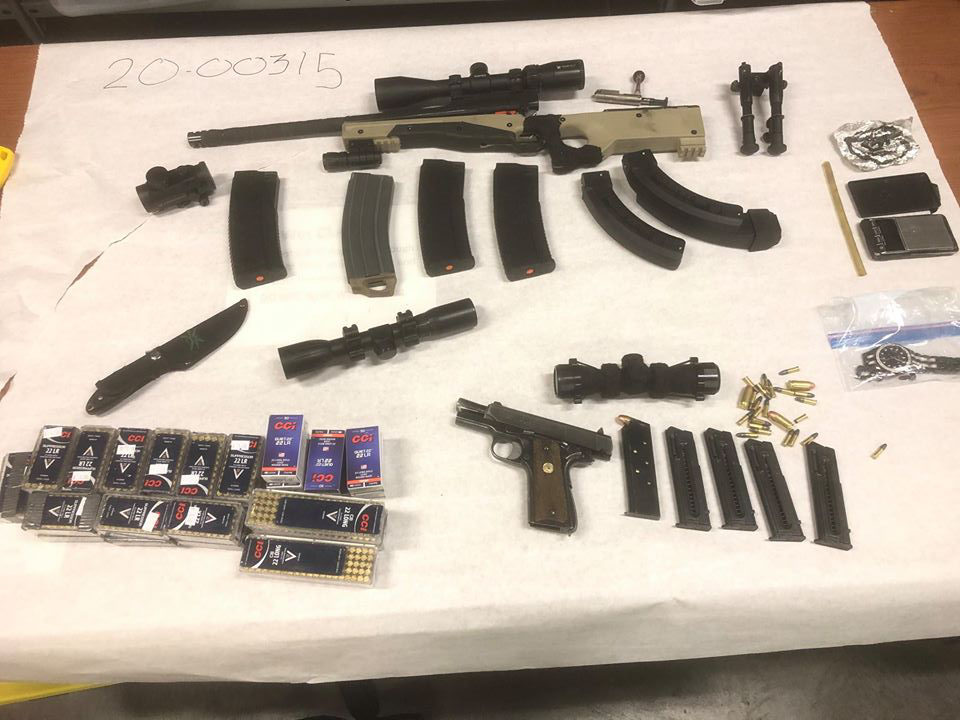No matter if you’re an amateur or professional shooter your optic plays an essential role in achieving the best results. It is crucial to have a thorough knowledge of all parts of your optic to ensure that you perform the best you can with each shot.

Optic Parts: Understanding Their Value in shooting Sports
An accurate firearm is essential when shooting sports are shooting in competition, hunting, or for casual plinking at the range. Optic parts are an essential element in accuracy and precision. However, they are often neglected. Optic parts are also referred to as sights and can be mounted to firearms to improve accuracy and efficiency. In this article, we’ll examine the significance of optic parts and how they can help improve the shooting skills of shooters.
What are Optic Parts?
Optic parts allow shooters to focus their guns more precisely. There are a variety of options available such as magnified scopes, magnified scopes, red dots sights, and iron sights that are holographic and holographic. Each part of the optic comes with distinct advantages and advantages. The kind of optic you choose is based on what your shooting requirements are and your preferences.
Iron sights are the simplest type of optic part and are typically found on guns that have been used for decades. The sights comprise front and rear sighting posts. The shooter can align them to aim for the goal. Red dot sights make a reticle appear as dots on a lens by using a small LED. The site is well-known because of its speed and convenience. Holographic sights use lasers to create an illuminating reticle that appears like a hologram, and they’re often used in tactical and military applications. Magnified scopes can also utilize lenses to magnify targets. This makes it simpler to target accurately even at large distances.
Optic Parts – Why are they so important?
Optic parts are essential as they allow shooters to aim more accurately and effectively. By using optic parts, shooters can aim more precisely, especially in longer distances. Optic parts can also be used to acquire targets faster making it simpler for shooters to aim precisely and quickly. Optic components are also beneficial for hunting and tactical situations.
The Right Optic Parts to Choose
It is vital to choose the most appropriate optic components for your shooting capabilities. There are many aspects to think about when selecting the right optics component, including your shooting requirements, budget, and type of firearm. Also, you’ll need to think about the magnification and reticle type.
The magnification of an optic component is the amount of zoom it offers. Magnified scopes are commonly used for long-range shooting due to the fact that they permit shooters to precisely target targets from thousands of miles away. But, magnified scopes may not be suitable for close-range shooting. The red dot and holographic sights are commonly employed for close-range shooting and quick target acquisition, which makes these sights popular among shooters in tactical shooting.
When choosing an optic part it is essential to consider the kind of reticle. Different types of reticles are suitable for different shooting situations. For instance, a basic crosshair reticle is ideal for shooting target, while the BDC (bullet drop compensating) Reticle is ideal for shooting long distances.
Maintaining your Optic Parts
After you’ve chosen your optic parts it is essential to maintain them in a timely manner. A regular maintenance schedule will ensure that the quality of your optic components for a long time. Basic maintenance tasks include cleaning your lenses, examining the zero, and taking care to properly store your optic parts during times of no use.
For clear and accurate photos, cleaning the lens is crucial. It is possible to clean your lenses using microfiber cloths or a lens cleaner. Avoid using paper towels as they can scratch the lenses.
The zero measurements of your optic parts ensure that they’re aligned properly. The optic parts may become unaligned as time passes due to recoil or other causes. You can take a few shots of the target in order to measure the zero, and then adjust the optics parts according to the need.
For more information, click Rifle Parts & Accessories